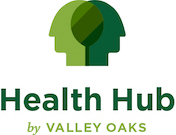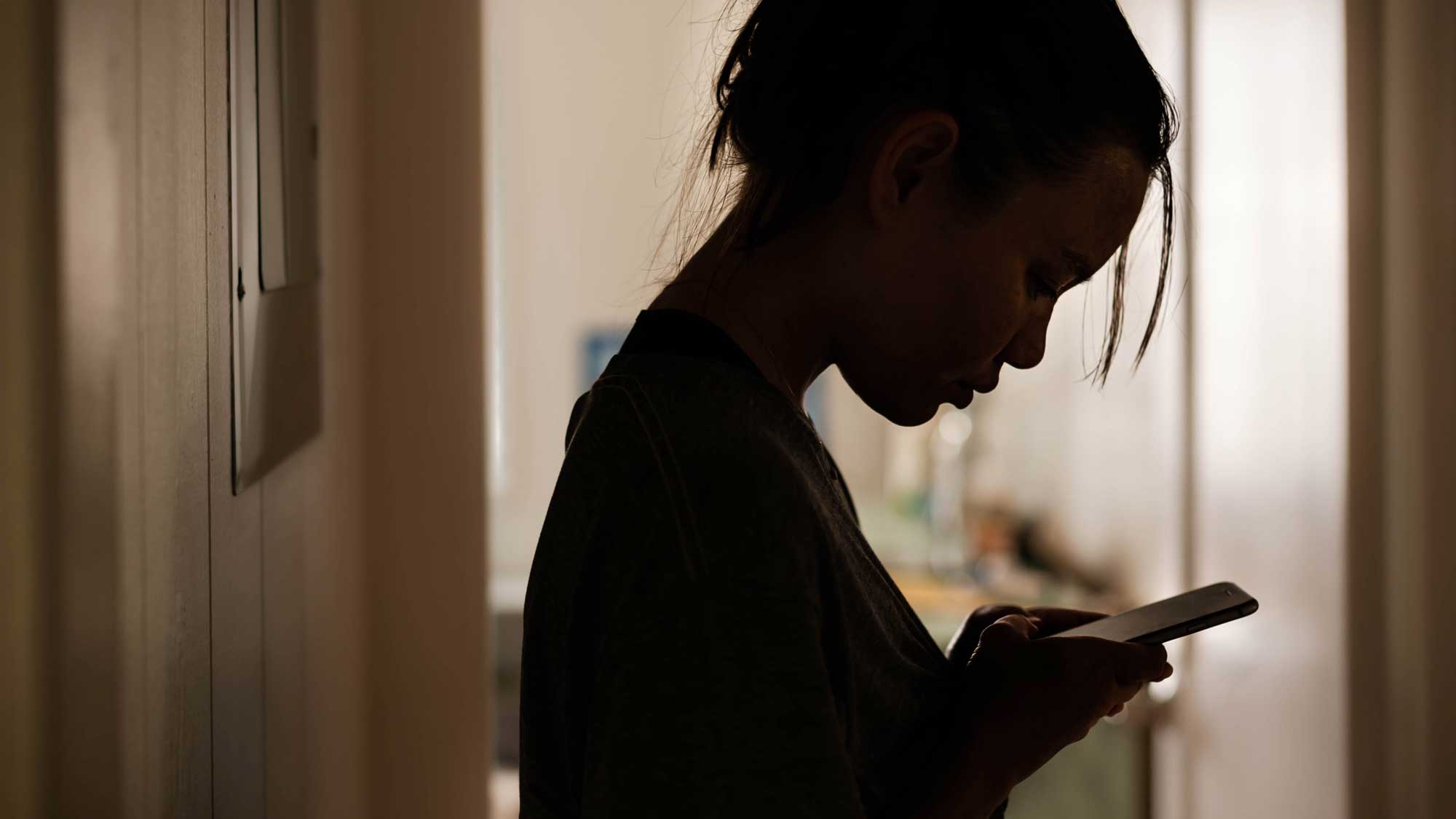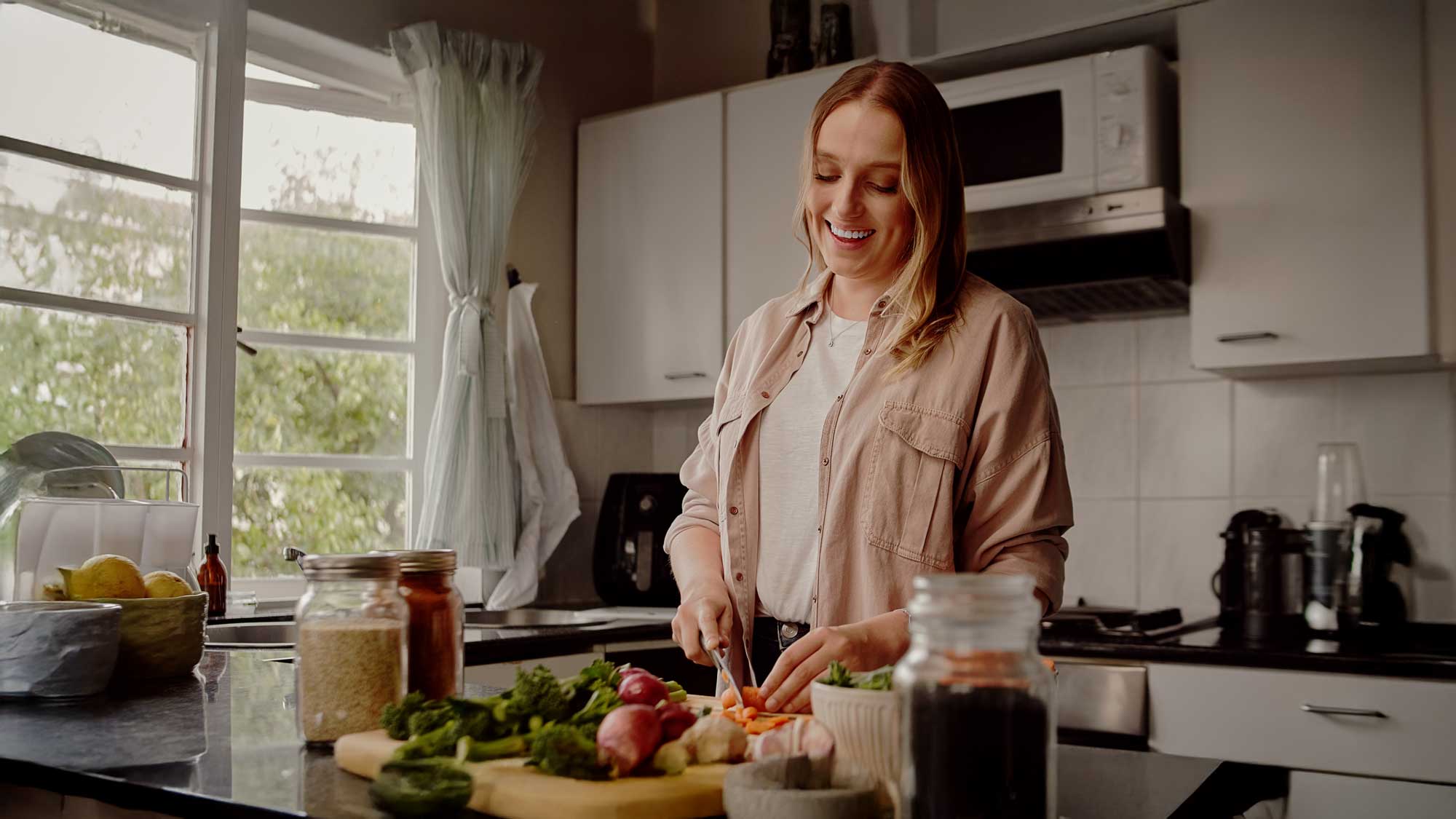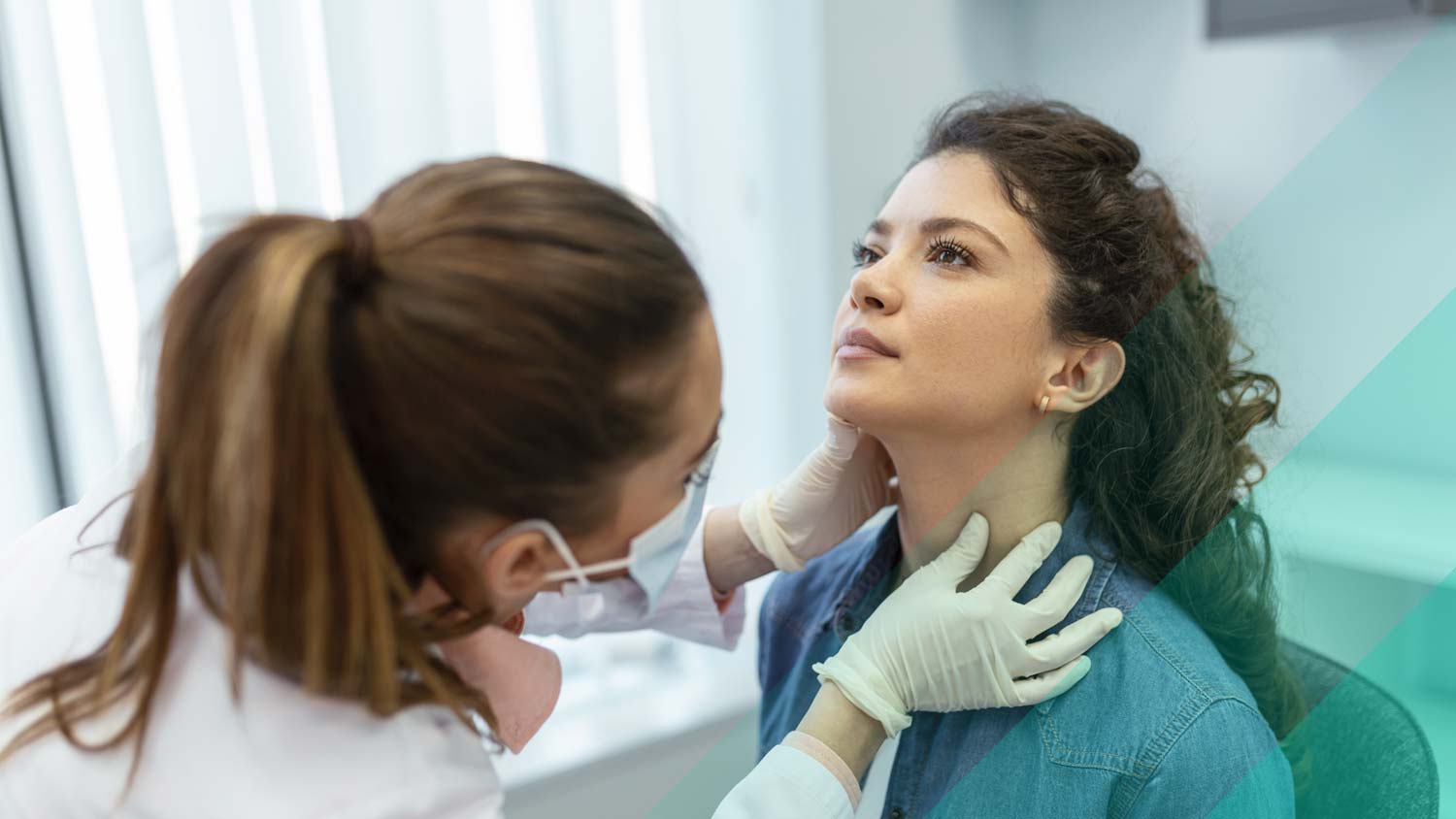While self-soothing and self-care may sound like similar concepts, they’re quite different. At the basic level, self-care is a long-term way to manage stress and anxiety while self-soothing techniques provide immediate relief after stressful situations. Developing strategies to practice both is an important piece of maintaining and taking care of your mental health.
Self-care strategies
The World Health Organization defines self-care as the ability of individuals to promote health, prevent disease, and cope with illness and disability with or without the support of a healthcare provider. Self-care, in short, is doing things to promote your own wellbeing.
To start creating self-care habits that benefit your mental wellbeing, thinking through what you can incorporate on a daily basis. Here are some ideas to help you start thinking about a self-care strategy:
- Stick to a routine. Find what works in your daily life, what is enjoyable, and what encourages positive self-talk.
- Keep up on sleep. Developing good sleep hygiene can lead to more restful and rejuvenating sleep, benefitting your overall mood.
- Eat well. Getting enough fruits and vegetables into your diet has a huge impact on your mood!
- See friends. Social health is part of the mental health puzzle. Having people to enjoy life with can create a stable support system for the hard days.
Once you’ve found ways to practice self-care, start incorporating them into your daily routine. After about a week, evaluate how effective the self-care techniques are and adjust them, if necessary.
Self-soothing techniques
The change from in-school to at-home learning may initially create a rise in anxiety or stress for your student. However, it may actually
Self-soothing is more direct than self-care. While self-care includes lifestyle changes, self-soothing strategies are ways to feel immediate relief from stress and anxiety. The National Alliance on Mental Illness recognizes that self-soothing is a practice, stating “ the more we do it, the better we get at it.” To self-soothe in a healthy way, remember “TIPP”:
- Temperature. According to the Dialectical Behavioral Therapy (DBT) training guide, placing your head under cold water for 30 seconds can lower your heart rate to its normal resting rate, helping reduce feelings of panic.
- Intense exercise. Exercising intensely for 20-30 minutes improves executive functioning, mood, and stress resistance. The DBT guide suggests running, cycling, doing jumping jacks, or walking for 20 minutes. Everyone’s bodies are different and what works for your body may be different.
- Paced breathing. Slowing down your breathing and breathing out for longer than you breathe in puts your body in a state of relaxation. Pairing this with meditation can provide even more of a calming effect.
- Paired muscle relaxation. Creating tension in a muscle then releasing that tension gives your muscles no option but to relax. To do this, tense an area, notice how it feels, hold the tension for 5-10 seconds, then release and relax the muscle for 5-10 seconds.
Self-care and self-soothing techniques are important tools for your mental health. However you choose to manage your mental health, our trained counselors at Valley Oaks Health will walk alongside you.







